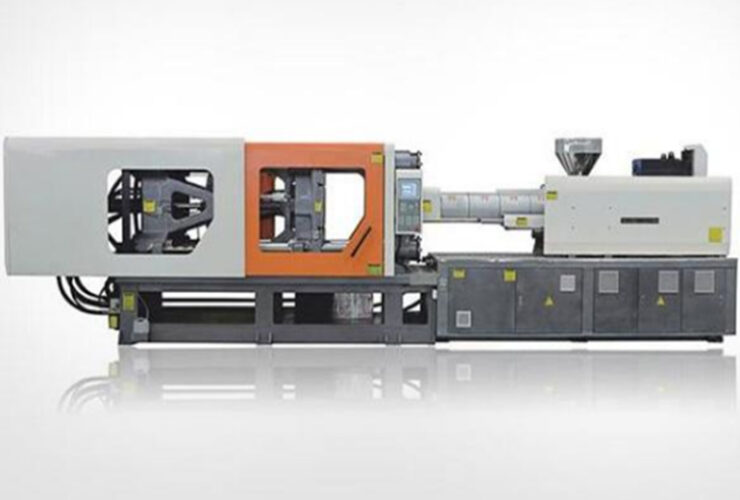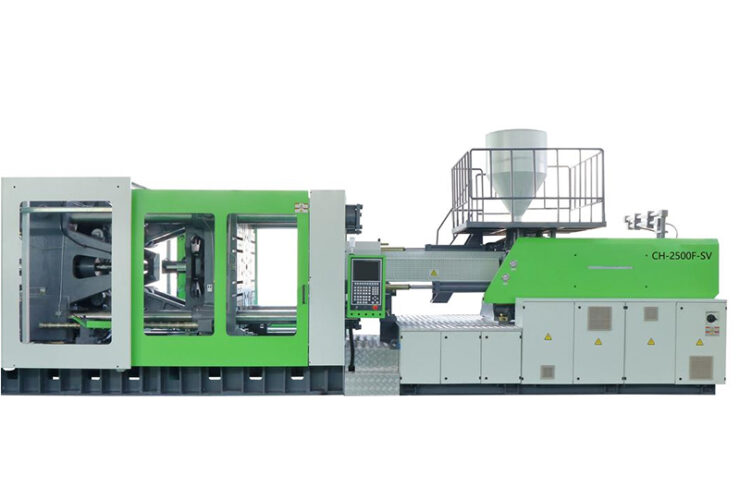What Is Jerrycan?
A jerrycan or jerrycan (also styled jerrycan or jerry can) is a fuel container made from pressed steel (and more recently, high density polyethylene). Jerrycan is divided into plastic jerrycan and metal jerrycan.
Plastic Jerry Jars are ideal for situations where portability, lightweight, and less resistance to chemicals are required. Metal Jerry cans, on the other hand, are more suitable for situations where higher durability and sealing performance are required, especially in harsh environments or where long-term storage is required. Choosing which jerrycan material to use usually depends on the specific use and needs.
The following table shows the advantages and disadvantages of Plastic Jerrycan and Metal Jerrycan:
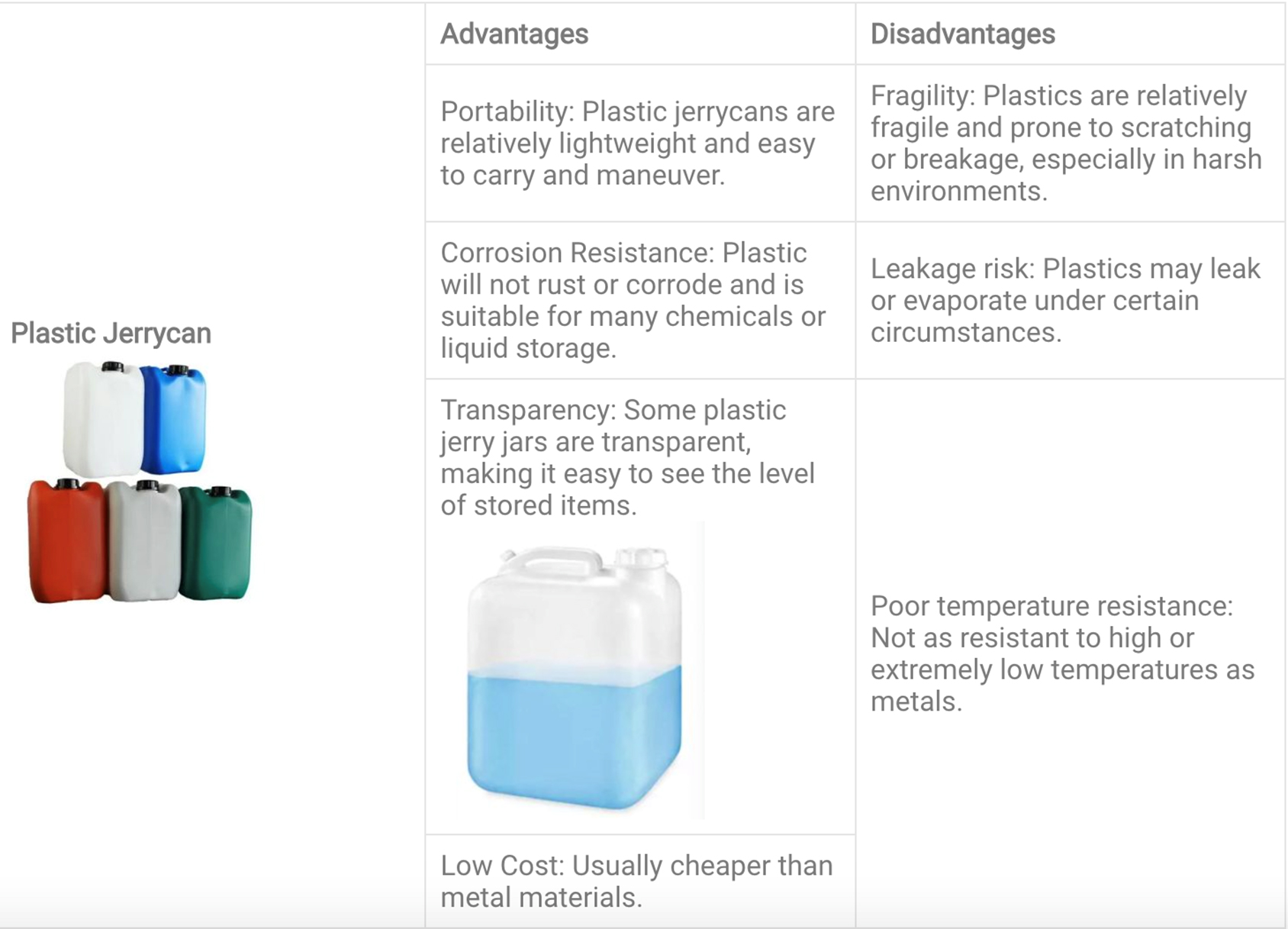
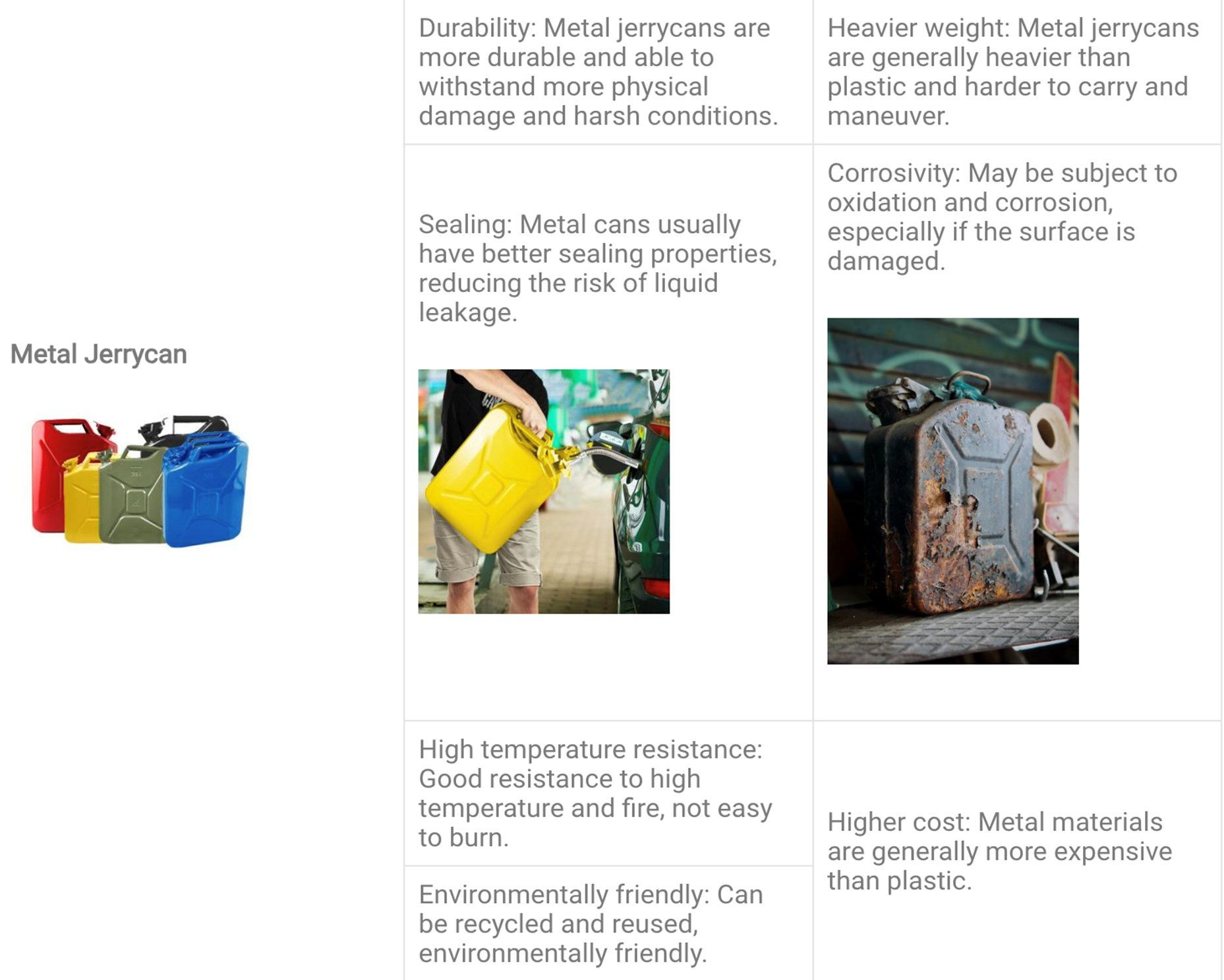 [/vc_column_text]
[/vc_column_text]
Production Process
The production process of plastic Jerry cans usually includes the following steps.

The above steps are the general process flow for the production of plastic Jerry cans. The specific production process may vary slightly depending on the production factory and product requirements
- Do you Know “What Are The Main Raw Material Components Of Plastic Jerrycan?”
- Plastic Jerry Jars are typically made from one or more types of plastic materials, the main components of which may include the following materials:
- Polyethylene (HDPE): High-density polyethylene is one of the primary materials commonly used to make plastic jerrycans. It has excellent chemical and impact resistance, making it ideal for durable liquid storage containers.
- Polypropylene (PP): Polypropylene is another common plastic material that is also used to make plastic jerrycans. It is corrosion-resistant, heat-resistant, and lightweight.
- Other additives: In order to improve the characteristics of Jerry cans, other chemicals may be added during the production process, such as plasticizers, stabilizers, pigments, or UV protection agents.
- After suitable processing and molding processes, these raw materials can be made into plastic jerrycans that meet specific requirements and are used to store various liquids, such as chemicals, fuels, lubricants, etc.
- The choice of material depends on the specific use of the jerrycan and the required performance characteristics.
What Capacities Are There And Which Ones Are More Common for Jerrycan
Plastic Jerrycans are generally available in a variety of capacities, common capacities include:
- 5 liters (1.32 gallons): Typically used for lightweight, portable applications such as outdoor activities, storing detergents, etc.
- 10 liters (2.64 gallons): A relatively common medium capacity, suitable for emergency reserves in general households or vehicles.
- 20 liters (5.28 gallons): Is a larger capacity and is used in a wider range of applications, such as cars, boats, industrial applications, etc.
- 25 liters (6.6 gallons): It is also a common larger capacity, suitable for long-distance travel, outdoor activities or some specific industrial purposes.
- 30 liters (7.92 gallons) and above: Larger capacity jerry cans are typically used in industrial, military or special applications and are capable of holding more liquids or chemicals
Among these capacities, 5-liter, 10-liter and 20-liter jerrycans are the more general specifications and are widely used in homes, vehicles, outdoor and general industrial applications. Choosing a jerrycan with an appropriate capacity depends on actual needs, such as usage scenarios, types of liquids stored, and portability.
How To Choose Plastic Jerry Can Blow Molding Machine
There are several factors to consider when choosing a blow molding machine for plastic jerry cans:
- Capacity Requirements: Determine the required capacity per hour based on your production needs. Different models of blow molding machines have different production capacities and need to be selected according to actual needs.
- Material adaptability: Make sure the blow molding machine can handle the plastic raw material you are using, such as polyethylene (HDPE) or polypropylene (PP), etc.
- Molding size and shape: The size and shape of the jerry can will affect the choice of blow molding machine. Make sure your blow molding machine can produce jerry cans that meet your specifications.
- Degree of automation: The degree of automation affects production efficiency and costs. Blow molding machines with a high degree of automation may be more suitable for mass production.
- Quality and stability: Choose a blow molding machine brand and model that has a good reputation, reliable quality and high stability.
- Energy consumption: Consider the energy consumption of the blow molding machine and choose a model that can save energy costs.
- After-sales service and support: Choose a supplier with reliable after-sales service and support to ensure that the equipment is maintained and maintained.
When choosing a blow molding machine, it is best to conduct a comprehensive comparison and evaluation, and select the most suitable blow molding machine model and brand based on your production needs, budget, and equipment performance. It is best to consult a professional equipment supplier or production equipment expert for more detailed advice and technical support.
How To Design The Plastic Jerrycan Mold?
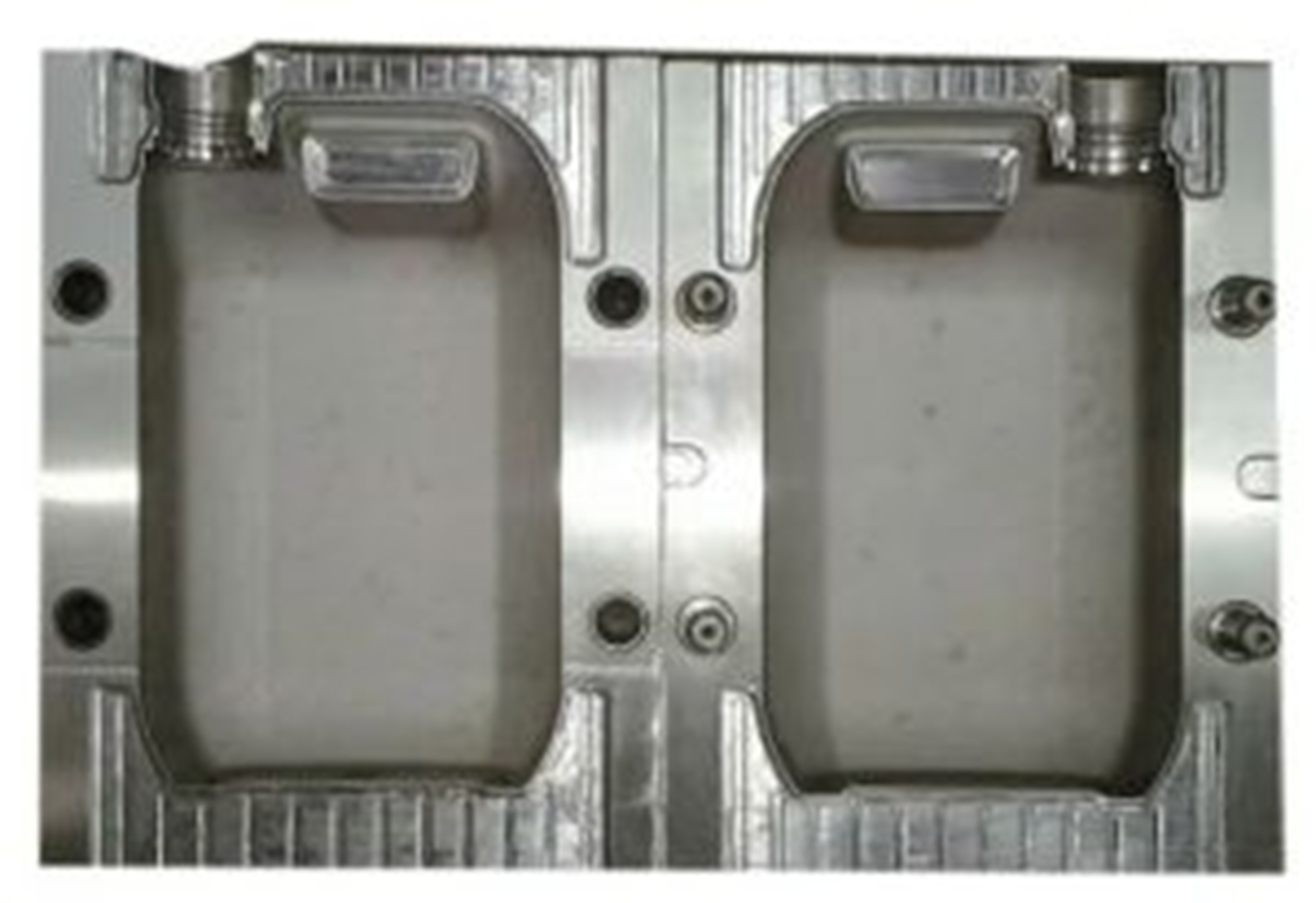
Designing a Jerrycan mold requires a series of engineering steps:
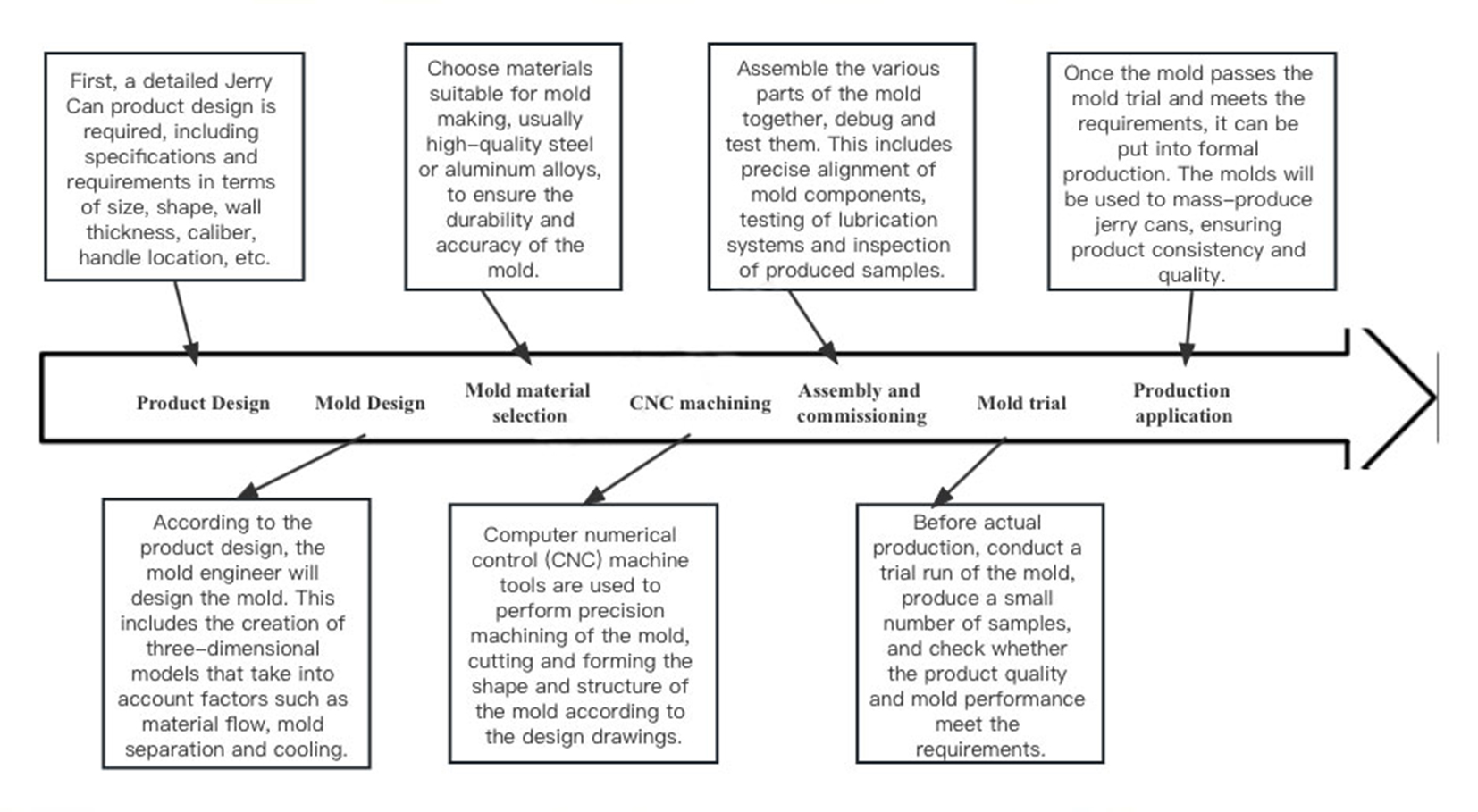
The entire mold design and manufacturing process requires a high degree of engineering and precision to ensure the production of high-quality Jerry Can products. With the advancement of technology, modern engineering software and CAD/CAM technology have greatly improved the accuracy and efficiency of mold design and manufacturing.

